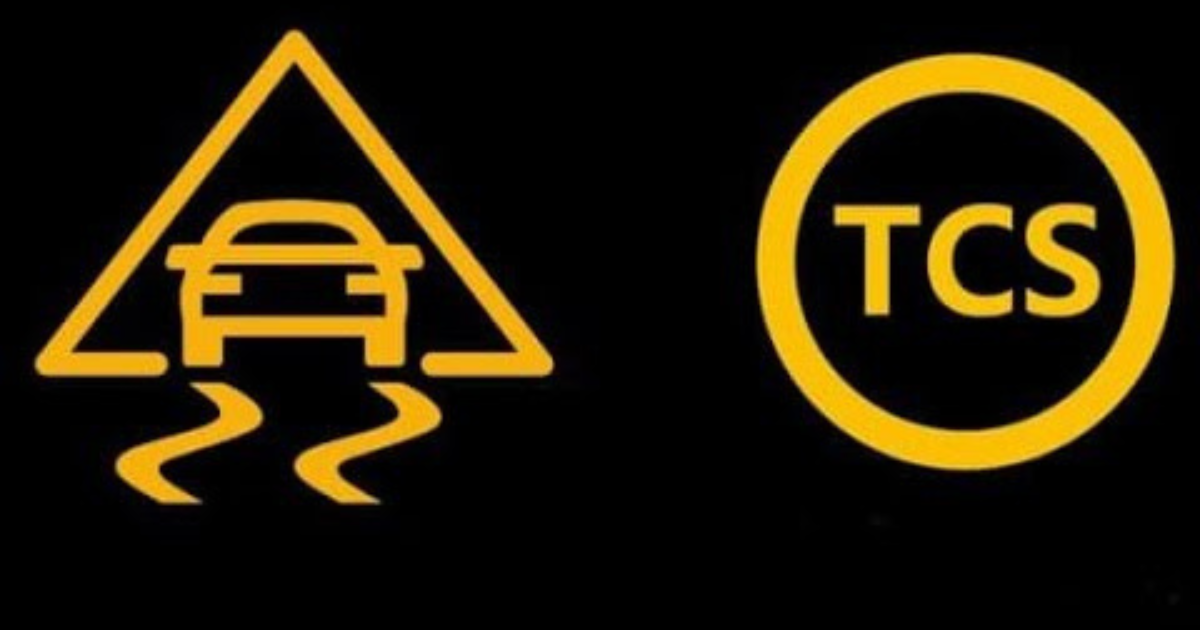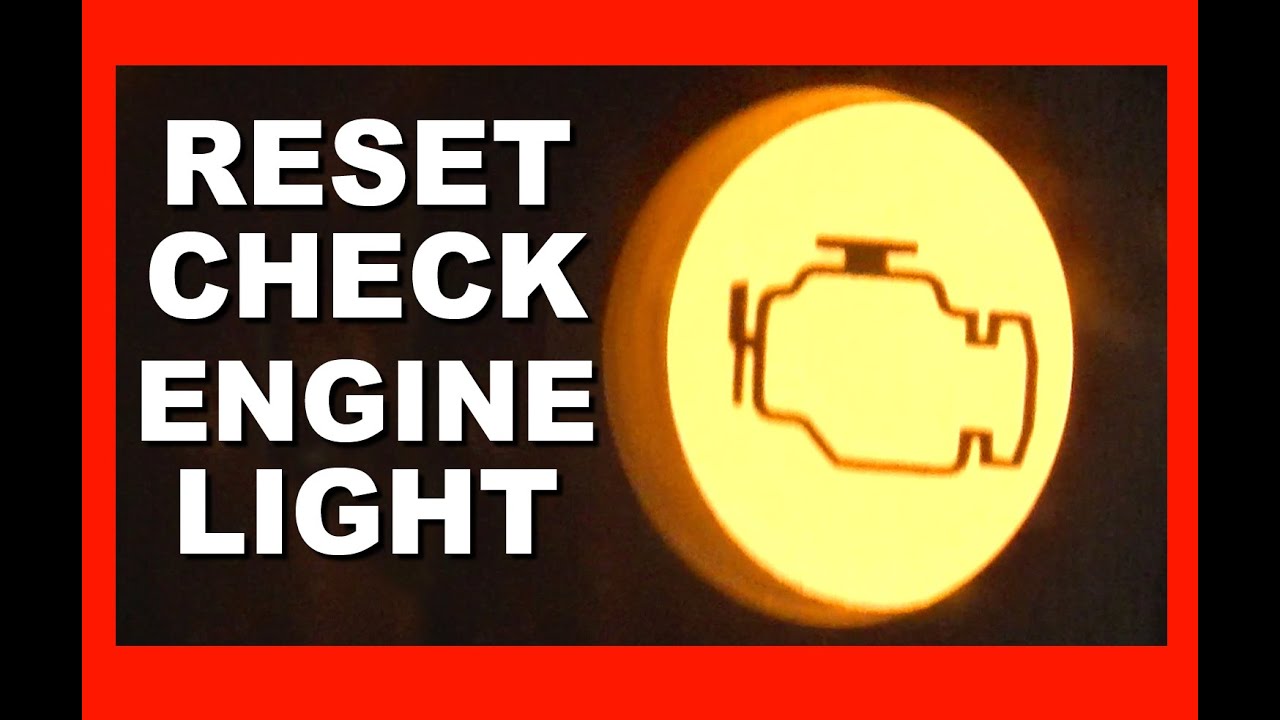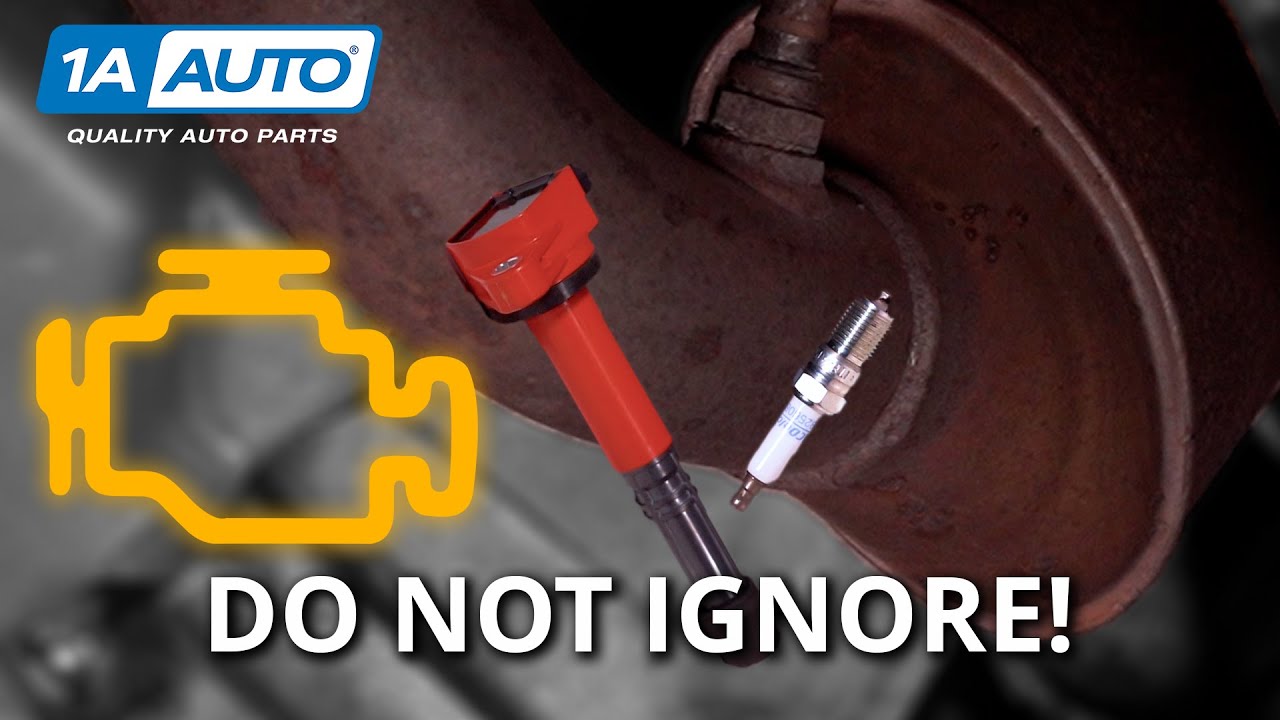An exciting new chapter began when the ABS warning light illuminated. This indicates that the anti-lock braking system is malfunctioning.
If the anti-lock braking system detects that the wheels aren’t turning at the correct angle and speed, it will activate the warning lights. When applying forceful brakes, they assist the tires in keeping touch with the road.
Why do the ABS lights Often Come On
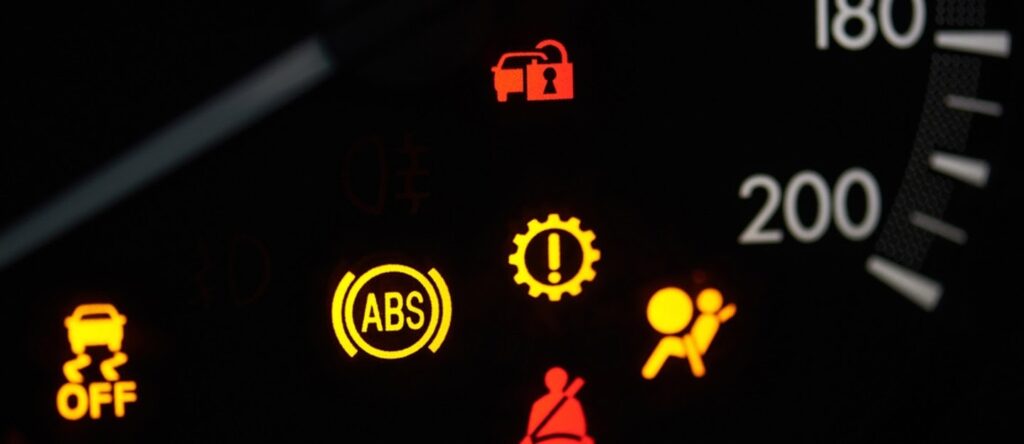
Abs light, what does it mean? That you’re dealing with one of these problems:
A blown fuse
Just like any other electrical system, an ABS fuse manages to trip. In the event of an electrical surge, the ABS system’s protective fuse may burst. If the fuse has blown, you will need to get a new one. Repeated blowing of the fuse indicates an ABS short circuit; inspect the pump motor and ABS computer.
Low brake fluid
The ABS warning light on the dashboard comes on when either the brake fluid has leaked or evaporated out of the system, or when the amount of fluid has reduced but the sensor failed to detect it. If the brake fluid level decreases and the ABS light cycles on and off, it’s likely that the sensor is faulty and has to be replaced.
Wheel sensors sending out strange signals
Under slick conditions, your ABS will apply the brakes to stabilize the car. One potential issue with this technique is the vehicle’s stopping speed. The anomalous wheel sensor light is a safety feature that alerts you to an urgent condition that requires your immediate attention. In most vehicles, the anti-lock braking system (ABS) light will turn on whenever you apply the brakes suddenly when the wheels lock up.
But if the ABS fluid level sensor stops working and the level drops below a certain threshold, the car can experience an unforeseen lockup of the wheels. When the anti-lock brake system (ABS) fails and you apply a lot of brake pressure, the tires of the vehicle skid.
What to Do When the ABS Warning Light Is On?
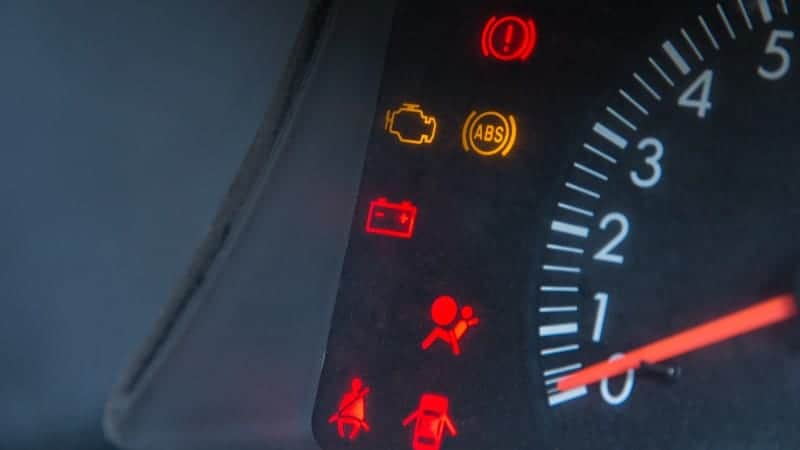
When the ABS light comes on, you know something is wrong. As soon as you notice the ABS light on, you should investigate the cause of the problem.
When braking for a turn, the car could act strangely. The car also skids straight after whizzing past the downhill curve, even though the driver turned the wheel all the way into it.
With every turn of the key and ignition, the anti-lock brake system (ABS) does a self-test. The ABS warning light will illuminate if the vehicle’s hydraulic valve or pump fails to operate, or if the self-test fails to collect enough data.
Relying on the ABS relay ensures that the standard braking system is functioning correctly. Without the ABS, you will still have normal braking assuming the rest of the brake system is functioning properly.
Replace the ABS fuse
If the ABS fuse has blown, you must change it. Under the dashboard, you should see the ABS fuse panel; replace it.
Fix a leaking ABS Pump
Once you’ve confirmed that the ABS pump module is leaking, replace it. Over on the driver’s side is where you’ll find the pump. Locate the black wire on the driver’s side of the vehicle and remove it from the bleed abs module. Make sure the bolt and lug are clean by using a wire brush. Get rid of all the dirt and grime so the parts are clean and shining.
Lubricate the lug and bolt well, making sure to go inside the bolt hole as well as both sides. To the surface of the bolts and lugs, as well as the wire housing, apply additional Di-grease. Apply grease to all metal surfaces.
Replace the ABS computer module
Occasionally, the ABS controller, which tracks the speed at which the wheels rotate, could malfunction. Using four or five mounting bolts, the computer module is secured to the pump motor’s top. A burned-out valve control coil necessitates rapid repair if you detect a buzzing sound coming from the brakes or if the anti-lock brake light stays illuminated even after you turn off the key.
Check the stator ring
The ABS wheel sensor and stator ring collaborate to track the rotational speed of the wheels. Damage to the stator ring can render the anti-lock braking system inoperable.
Before turning on the ABS light, make sure the stator ring isn’t broken or loose, since this could cause the teeth to fall out. The front wheel sensor receives inconsistent signals due to a damaged tooth on the stator ring.
Another fault code resembling a reluctor ring with teeth is transmitted by the ABS wheel sensor. A magnetic speed sensor is passed by the teeth of the wheel as it revolves, providing a measurement in miles per hour.
Conclusion
Drive carefully and pay attention to any strange noises coming from the brakes; this could be an indication of an issue. If you notice a warning light on your dashboard or in the ABS module, it means that there are performance difficulties. There’s no need to clear codes for American-made automobiles. It may be necessary to use an ABS code reader to clear codes on certain automobiles manufactured in Japan and Europe.


